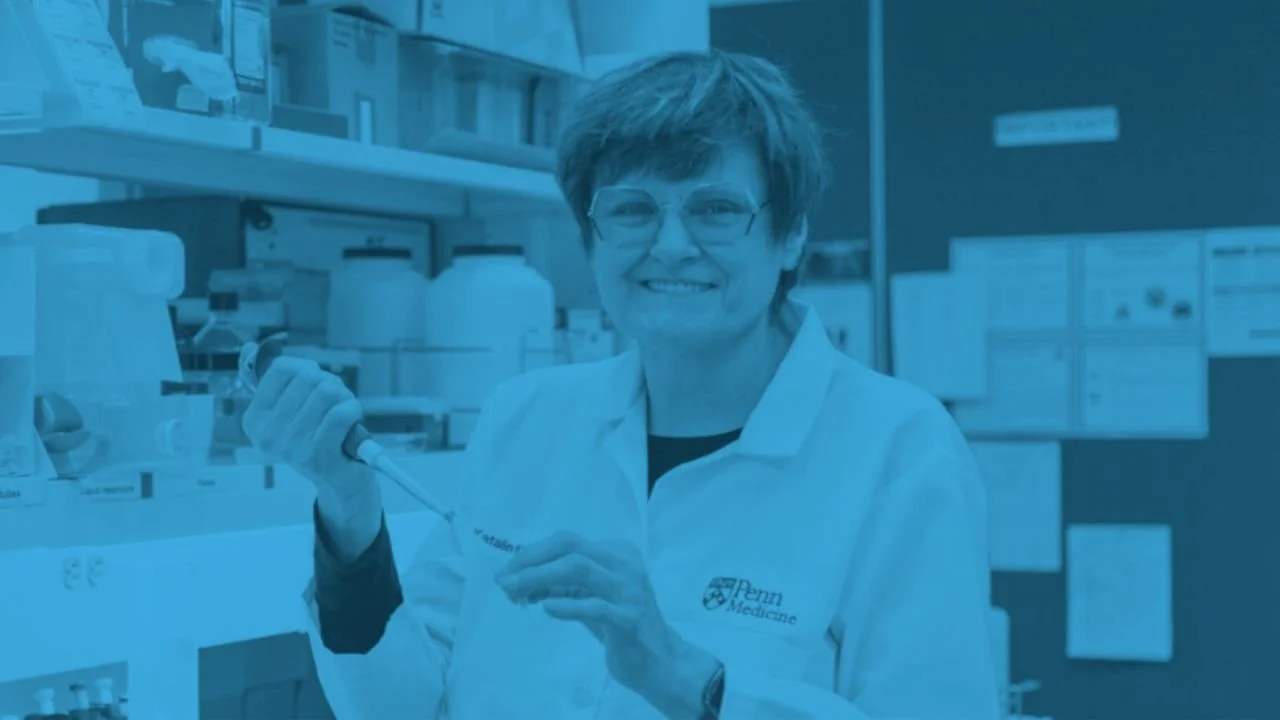Why It’s Harder Now to Make a Vaccine
This letter to the editor, by Jan Eldridge, appeared in the Hudson Star Observer on August 21, 2025.
Robert Kennedy cancelled $500 million for mRNA vaccine research. He thinks whole-virus vaccines are more effective. The facts paint a different picture. Minnesota’s Center for Infectious Disease Research and Policy (CIDRAP) estimated that 20 million lives globally were saved by the rapid deployment of the mRNA vaccine in the Covid pandemic. Speed was the key factor.
The only whole-virus vaccine available at the time was less effective than the mRNA vaccine and took longer to arrive.
The two approaches are very different. Whole-virus vaccines are developed in bio-hazard labs and take years to develop, test, and approve. Messenger RNA (mRNA) vaccine can be made in months. The genetic code of a new virus is read within a few days, a vulnerable protein is identified, and an mRNA is targeted, placed in a lipid (fatty) envelope and delivered to a cell.
Messenger RNA (mRNA) occurs naturally in the body. In fact, the body can not build anything without it. Some people object to mRNA technology because it is “new.” In fact, research into mRNA has been ongoing for over 30 years. What is “new” is the successful application of this technology to a pandemic. The breakthrough making this possible resulted in a Nobel prize.
In contrast, Kennedy, the man killing this research, pumped his veins full of heroin for 14 years and had a parasite in his brain. Kennedy also has a documented history of spreading misinformation about vaccines. Why would we trust him?
Do you want to be one of the dead people while we search for a whole-virus vaccine during the next pandemic? Do you want to live next to a bio-hazard lab that is procreating deadly viruses for the next whole-virus vaccine? I know the answer for me is a resounding No.


